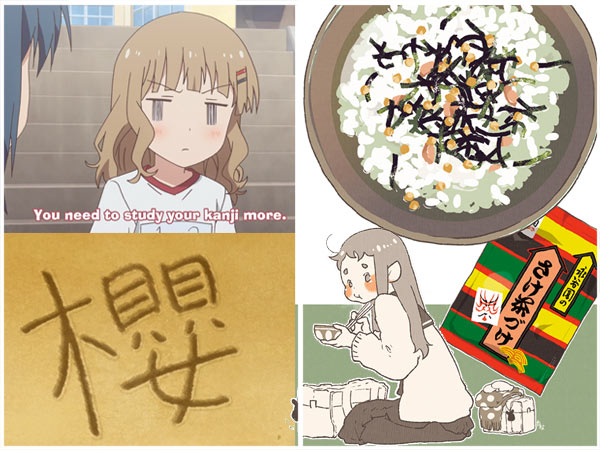As my favorite meal of the day is definitely breakfast, I thought I’d write about that subject today. While your impression of breakfast in Japan might be the rushing-to-school-with-toast-in-the-mouth gag, the Japanese do have a fully developed repertoire of foods to start the day with. First, they have adopted many Western favorites, from pancakes to eggs to bacon, and breakfast cereals are sold here, though they’re not nearly as popular as in the U.S. due to the Japanese associating them with dry cat food for many years. There’s a long list of other, more traditional, breakfast foods the Japanese love, for example furikake, any dried food such as scrambled egg or salmon that’s sprinkled over rice and eaten, or ocha-zuke, a wonderful porridge of green tea, nori seaweed, rice crackers and dried salmon eaten over rice. There’s natto, the fermented soybeans that are usually not to the taste of foreigners like you or me, classic miso soup, and other favorites like tamago kake gohan or raw egg eaten over rice, which my daughter loves. If you wanted to see what these foods look like, there’s a post on our Facebook page you can peruse.
As should be generally known, the Japanese use kanji as their main writing system, which were imported from China along with Buddhism around the 6th century A.D. While the ancient pictographs may look like random scribbles, they’re actually quite logical, organized by sections called “radicals” which give a cue about the overall meaning. For example the kanji for rain (雨) is incorporated into characters for cloud (雲), snow (雪) and lightning (雷), and the kanji for sun (日) is found in words for time (時) or tomorrow (明). While education-focused Japan does boast an excellent literacy rate of 99%, not everyone is equally good at writing kanji. In the anime YuruYuri, the haughty character Sakurako embarrasses herself in front of the other girls by not being able to write basic kanji characters, which is roughly the same as someone who can’t use “there, their, they’re” correctly in English. While it makes for amusing comedy, in reality most Japanese do lose some ability to write kanji these days, thanks to the popularity of computers and cell phones, which is an actual social issue they need to deal with.
We’ve got more good news! J-List customers love our fuku-bukuro grab bags which are filled with random and fun products we buy all year long. In addition to our always-popular ecchi offerings, we’ve got great new Lucky Bags posted today, incl. a fun kawaii products set for winter 2015-2016. Browse now, during our sale!

















